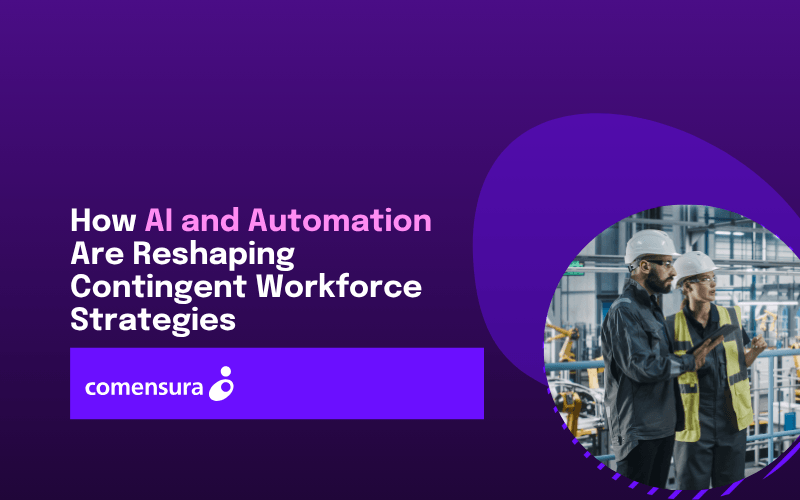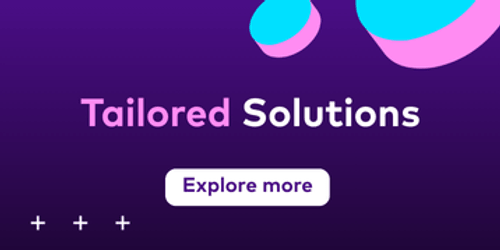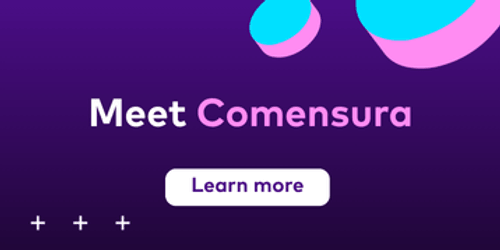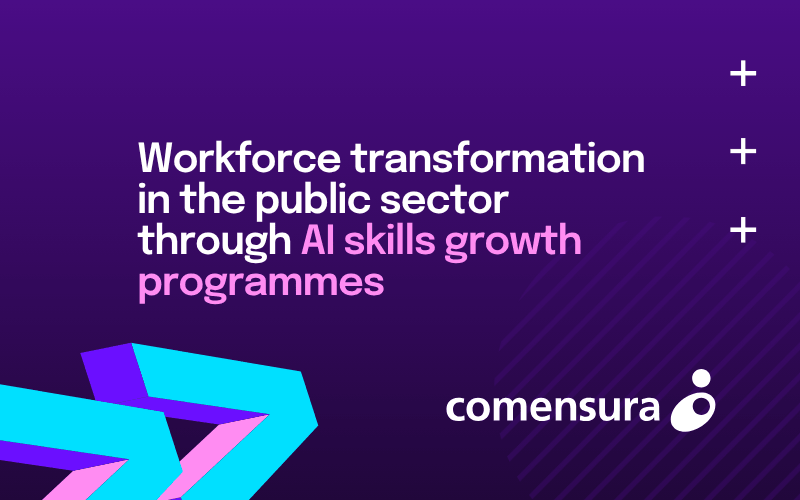

Author
Head of Service
2025-07-25
3 minutes
How AI and Automation is reshaping contingent workforce strategies
The contingent workforce landscape is undergoing a profound transformation, as orgnisations work to thrive through shifting business priorities, economic unpredictability, and increasing competition for talent.
There is a growing imperative to rethink how temporary, contract, and freelance talent is managed, with Artificial Intelligence (AI) and automation emerging as key game-changer in unlocking possibilities for agility, efficiency, and strategic foresight.
AI in Contingent Workforce Procurement and Management
AI in contingent workforce management simplifies the way organisations handle the complex web of recruiting, onboarding, and monitoring non-permanent staff. AI-powered systems can analyse vast amounts of data to match candidates with project requirements more accurately than ever before.
By leveraging tools like machine learning algorithms and predictive analytics, organisations can quickly shortlist candidates, assess fit, and even predict performance outcomes.
For example, AI-driven talent platforms can scan thousands of profiles within seconds, considering not only technical skills but also location, availability, and past performance data.
This takes much of the ‘grunt work’ out of ensuring the right talent is matched to the right opportunity, reducing time-to-hire and improving workforce quality.
Automation in Workforce Planning and Strategy
Automation in workforce strategy extends beyond simple process improvement. It involves rethinking how tasks are distributed, how teams are composed, and how work is delivered.
Automation can handle repetitive administrative tasks such as interview scheduling, document verification, and time-tracking, freeing up HR professionals and hiring managers to focus on higher-value activities like strategy and employee engagement.
Workforce automation tools can flag anomalies or potential compliance risks instantly. They can also carry out automated background checks, onboarding, and performance management. This continuous monitoring means businesses can respond to challenges more proactively, minimising disruption and maintaining productivity.
AI-Driven Workforce Planning: From Reactive to Predictive
One of the most transformative aspects of AI in contingent workforce management is its ability to shift workforce planning from a reactive to a predictive discipline. AI-driven workforce planning harnesses historical and real-time data to forecast talent needs, identify emerging skills gaps, and recommend optimal hiring strategies.
AI in vendor management systems (VMS) can automate vendor selection, optimise contract terms, monitor vendor performance, and ensure compliance with labor laws. This approach can facilitate real-time collaboration between internal stakeholders and external vendors.
For example, by analysing project pipelines, market trends, and employee turnover, AI systems can anticipate spikes in demand and initiate proactive recruiting or upskilling campaigns. This agility ensures that organisations have the right skills available when needed, reducing project delays and controlling costs.
Integrating People, Process, and Technology
AI and other smart workforce solutions are more than just technology—they represent a holistic approach to a contingent workforce strategy that aligns people, processes, and digital platforms.
Furthermore, smart workforce solutions foster continuous improvement. By collecting and analysing feedback from contingent workers, AI systems can suggest refinements to policies, processes, or even the workplace environment—driving higher engagement and retention rates.
The Road Ahead: A New Era of Workforce Agility
-
Organisations that embrace AI and automation technologies will be better positioned to attract top talent, respond to market volatility, and drive business growth. From AI-driven workforce planning to smart workforce solutions and AI in vendor management systems, the future of work is agile and technology driven, but still profoundly human-centric.
-
Despite the transformative potential of AI and automation, they are not a substitute for human judgment and relationship-building. Successful contingent workforce strategies blend digital innovation with empathy, communication, and adaptability.
-
Data privacy, cybersecurity, and ethical considerations must be addressed, especially when dealing with sensitive worker information. Organisations need clear governance frameworks, transparent algorithms, and ongoing oversight to ensure fairness and compliance.
-
The integration of AI in contingent workforce management and automation in workforce strategy is not merely a technological upgrade—it's a strategic imperative that can unlock new levels of efficiency, resilience, and innovation.
Next steps for AI in contingent workforce management
Ready to unlock the power of AI and automation for your contingent workforce procurement and strategy? Connect with Comensura today to discover tailored solutions that drive efficiency, agility, and growth for your organisation.
Reach out now and shape the future of your workforce with expert guidance and innovative technology.
Insights to drive workforce performance
Workforce insights in your inbox
Sign up for our newsletter with the latest workforce management news, insights, analysis and more.
United Kingdom
First Floor, Mulberry House
Parkland Square
750 Capability Green
Luton, LU1 3LU
Australia
Suite 1403
Level 14, 309 Kent Street
Sydney
NSW 2000










